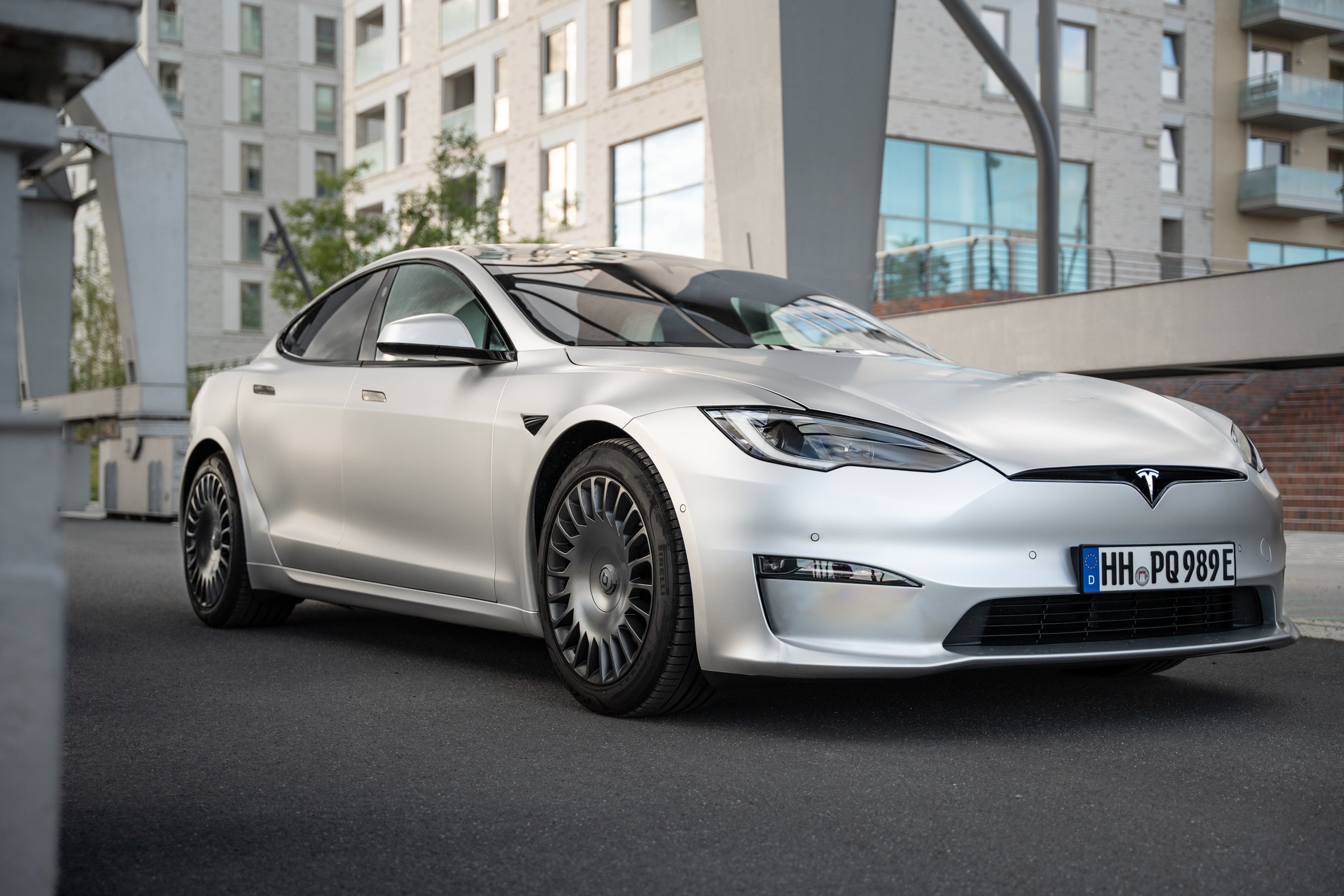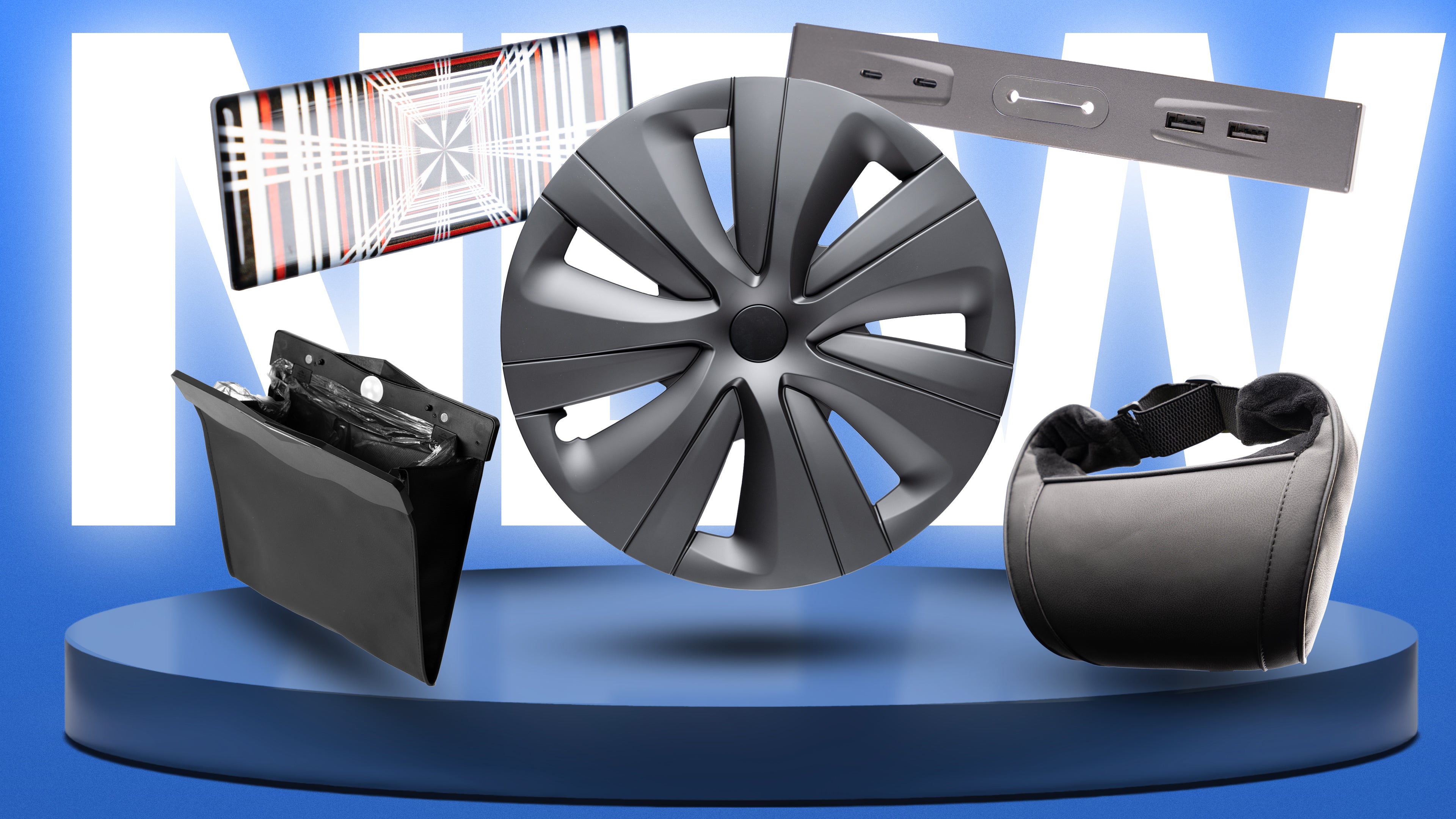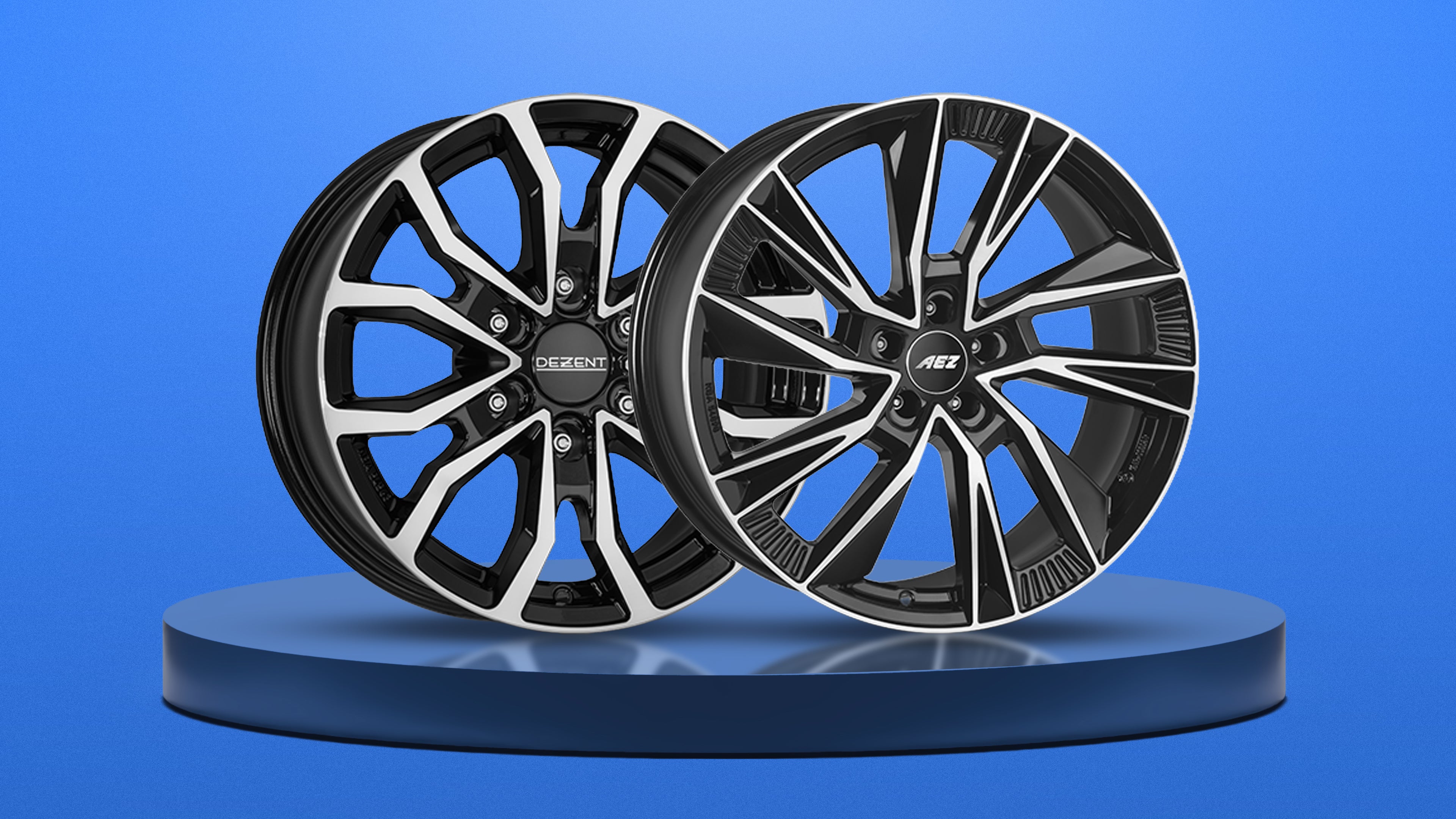Tesla takes a big step towards the future of the vehicle network: Instead of the 1980s standard CAN bus, the manufacturer now relies on a Time Division Multiple Access (TDMA) system. This enables faster, prioritized data transmission for FSD sensors, infotainment, and OTA updates.
The limits of the CAN bus
The Controller Area Network (CAN bus) has been standard in cars since the 1980s. However, with a maximum of 1 Mbps (CAN 2.0) or about 8 Mbps (CAN FD), it reaches its limits:
-
Data volumes for 1080p video streams are too large
-
Complex wiring harnesses are difficult to repair
-
Collisions with simultaneous messages
Tesla's new TDMA network
Instead of competing messages, Tesla uses a time-controlled system:
-
Time slots guarantee collision-free transmission
-
Network Allocation Map (MAP) dynamically assigns slots to each control unit
-
Quality of Service separates "Low Latency" (FSD sensors) from "Bulk Traffic" (video, OTA)
This patented process ensures fast, reliable, and prioritized communication in the vehicle.
Synergy with 48-V architecture and LVCS
The new network complements Tesla's 48-volt low voltage system and Low Voltage Connector Standard (LVCS):
-
Thinner cables and only six connector types instead of over 200
-
Potential for Powerline Communication over DC lines
-
Simplified manufacturing and better repairability
Outlook
With the TDMA Baselayer, Tesla has laid the foundation for snappier FSD decisions, smoother infotainment, and more robust OTA updates. Although the CAN bus remains active in many cars, Tesla's innovation could become the industry standard for networking in electric vehicles.








































